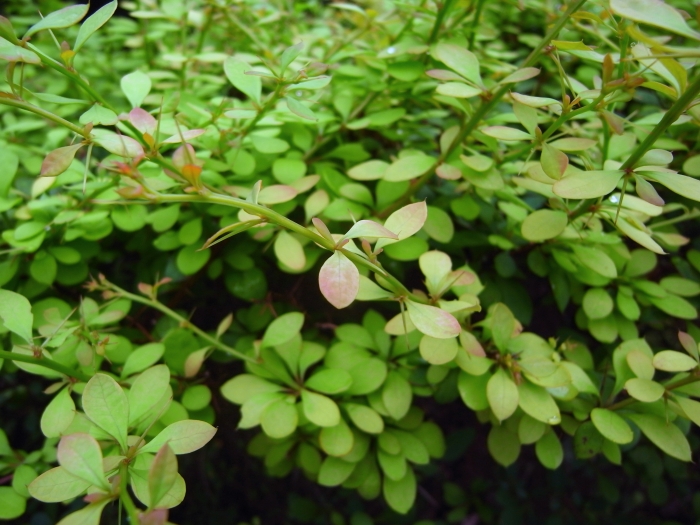Korean Barberry
(Berberis koreana)
Korean Barberry (Berberis koreana)
/
/

Dalgial
CC BY-SA 3.0




































Estimated Native Range
Summary
Korean Barberry is valued for its hardiness, as it can withstand temperatures as low as 5 °F (−15 °C), making it suitable for a variety of climates. It is adaptable to a range of soil types, from well-drained to moist, and prefers full sun to part shade conditions, though it does not thrive in full shade. This shrub is often used in border plantings, hedges, and as a foundation plant due to its manageable size and ornamental qualities. While it is generally low-maintenance, it can be susceptible to rust diseases and requires occasional pruning to maintain its shape and promote healthy growth. Gardeners should be aware that some Berberis species can be invasive in certain regions, so it is important to check local guidelines before planting.CC BY-SA 4.0
Plant Description
- Plant Type: Shrub
- Height: 4-6 feet
- Width: 3-5 feet
- Growth Rate: Moderate
- Flower Color: Yellow
- Flowering Season: Spring
- Leaf Retention: Deciduous
Growth Requirements
- Sun: Full Sun, Part Shade
- Water: Medium
- Drainage: Slow, Medium, Fast
Common Uses
Bank Stabilization, Bee Garden, Bird Garden, Border Plant, Butterfly Garden, Deer Resistant, Drought Tolerant, Edible*Disclaimer: Easyscape's listed plant edibility is for informational use. Always verify the safety and proper identification of any plant before consumption., Fragrant, Hedges, Low Maintenance, Salt Tolerant, Showy Flowers
Natural Habitat
Forest understories and mountainous regions of Korea
Other Names
Common Names: Barberry, Koreansk Berberis, 매자나무
Scientific Names: , Berberis koreana, Berberis koreana var. ellipsoides, Berberis koreana var. angustifolia, Berberis koreana f. angustifolia, Berberis koreana f. ellipsoidea, Berberis koreana subsp. fma, Berberis koreana var. ellipsoidea,
GBIF Accepted Name: Berberis koreana Palib.